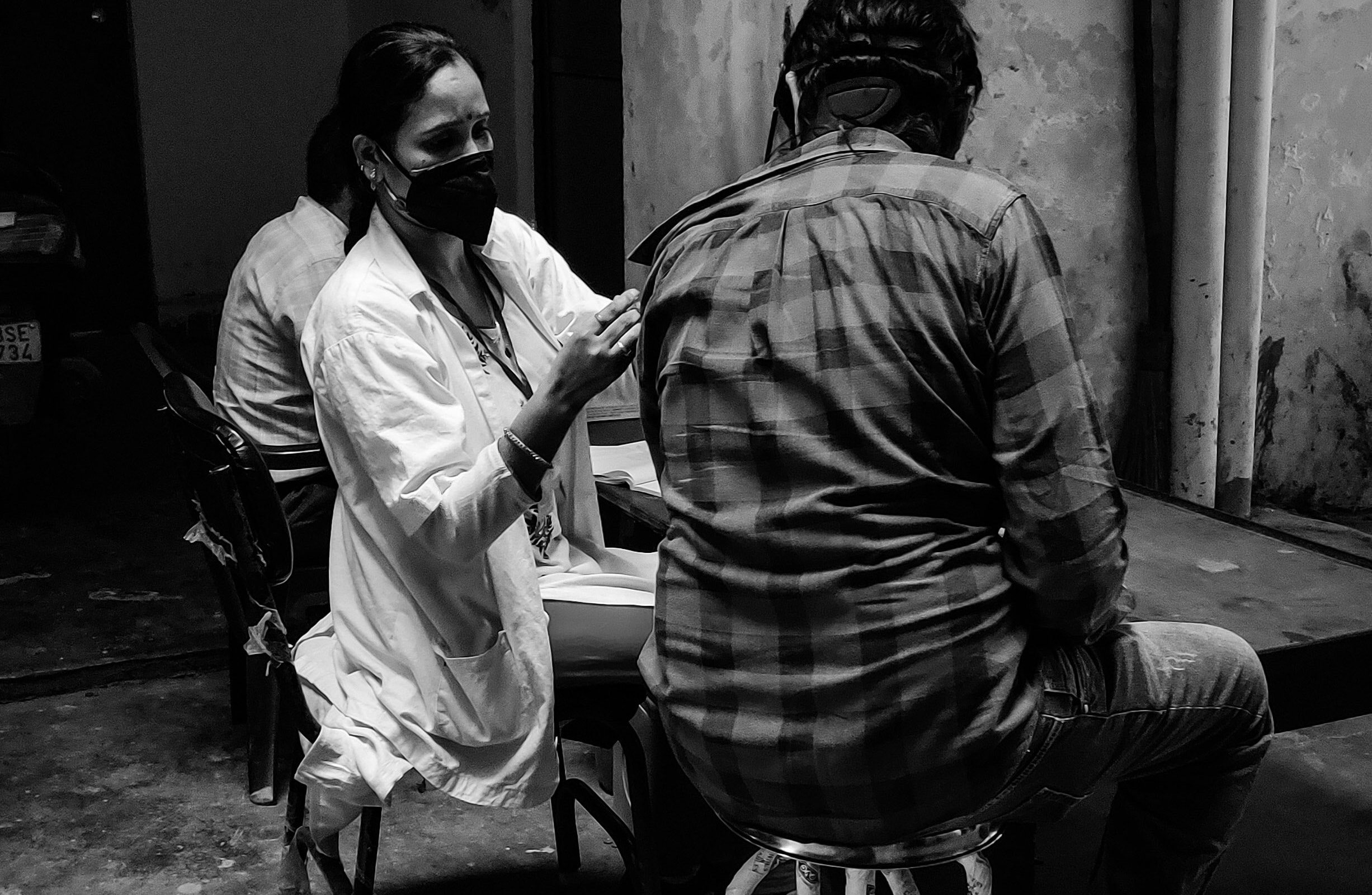Earlier this month, a study by a team at Banaras Hindu University (BHU) in Varanasi concluded that fully 1% of Covaxin recipients may suffer severe adverse events. One percent is a large number because the multiplier (x in 1/100 * x) is very large — several million people. The study first hit the headlines for claiming it had the support of the Indian Council of Medical Research (ICMR) and reporting that both Bharat Biotech and the ICMR are yet to publish long-term safety data for Covaxin. The latter is probably moot now, with the COVID-19 pandemic well behind us, but it’s the principle that matters. Let it go this time and who knows what else we’ll be prepared to let go.
But more importantly, as The Hindu reported on May 25, the BHU study is too flawed to claim Covaxin is harmful, or claim anything for that matter. Here’s why (excerpt):
Though the researchers acknowledge all the limitations of the study, which is published in the journal Drug Safety, many of the limitations are so critical that they defeat the very purpose of the study. “Ideally, this paper should have been rejected at the peer-review stage. Simply mentioning the limitations, some of them critical to arrive at any useful conclusion, defeats the whole purpose of undertaking the study,” Dr. Vipin M. Vashishtha, director and pediatrician, Mangla Hospital and Research Center, Bijnor, says in an email to The Hindu. Dr. Gautam Menon, Dean (Research) & Professor, Departments of Physics and Biology, Ashoka University shares the same view. Given the limitations of the study one can “certainly say that the study can’t be used to draw the conclusions it does,” Dr. Menon says in an email.
Just because you’ve admitted your study has limitations doesn’t absolve you of the responsibility to interpret your research data with integrity. In fact, the journal needs to speak up here: why did Drug Safety publish the study manuscript? Too often when news of a controversial or bad study is published, the journal that published it stays out of the limelight. While the proximal cause is likely that journalists don’t think to ask journal editors and/or publishers tough questions about their publishing process, there is also a cultural problem here: when shit hits the fan, only the study’s authors are pulled up, but when things are rosy, the journals are out to take credit for the quality of the papers they publish. In either case, we must ask what they actually bring to the table other than capitalising on other scientists’ tendency to judge papers based on the journals they’re published in instead of their contents.
Of course, it’s also possible to argue that unlike, say, journalistic material, research papers aren’t required to be in the public interest at the time of publication. Yet the BHU paper threatens to undermine public confidence in observational studies, and that can’t be in anyone’s interest. Even at the outset, experts and many health journalists knew observational studies don’t carry the same weight as randomised controlled trials as well as that such studies still serve a legitimate purpose, just not the one to which its conclusions were pressed in the BHU study.
After the paper’s contents hit the headlines, the ICMR shot off a latter to the BHU research team saying it hasn’t “provided any financial or technical support” to the study and that the study is “poorly designed”. Curiously, the BHU team’s repartee to the ICMR’s makes repeated reference to Vivek Agnihotri’s film The Vaccine War. In the same point in which two of these references appear (no. 2), the team writes: “While a study with a control group would certainly be of higher quality, this immediately points to the fact that it is researchers from ICMR who have access to the data with the control group, i.e. the original phase-3 trials of Covaxin – as well publicized in ‘The Vaccine War’ movie. ICMR thus owes it to the people of India, that it publishes the long-term follow-up of phase-3 trials.”
I’m not clear why the team saw fit to appeal to statements made in this of all films. As I’ve written earlier, The Vaccine War — which I haven’t watched but which directly references journalistic work by The Wire during and of the pandemic — is most likely a mix of truths and fictionalisation (and not in the clever, good-faith ways in which screenwriters adopt textual biographies for the big screen), with the fiction designed to serve the BJP’s nationalist political narratives. So when the letter says in its point no. 5 that the ICMR should apologise to a female member of the BHU team for allegedly “spreading a falsehood” about her and offers The Vaccine War as a counterexample (“While ‘The Vaccine War’ movie is celebrating women scientists…”), I can’t but retch.
Together with another odd line in the latter — that the “ICMR owes it to the people of India” — the appeals read less like a debate between scientists on the merits and the demerits of the study and more like they’re trying to bait the ICMR into doing better. I’m not denying the ICMR started it, as a child might say, but saying that this shouldn’t have prevented the BHU team from keeping it dignified. For example, the BHU letter reads: “It is to be noted that interim results of the phase-3 trial, also cited by Dr. Priya Abraham in ‘The Vaccine War’ movie, had a mere 56 days of safety follow-up, much shorter than the one-year follow-up in the IMS-BHU study.” Surely the 56-day period finds mention in a more respectable and reliable medium than a film that confuses you about what’s real and what’s not?
In all, the BHU study seems to have been designed to draw attention to gaps in the safety data for Covaxin — but by adopting such a provocative route, all that took centerstage was its spat with the ICMR plus its own flaws.


